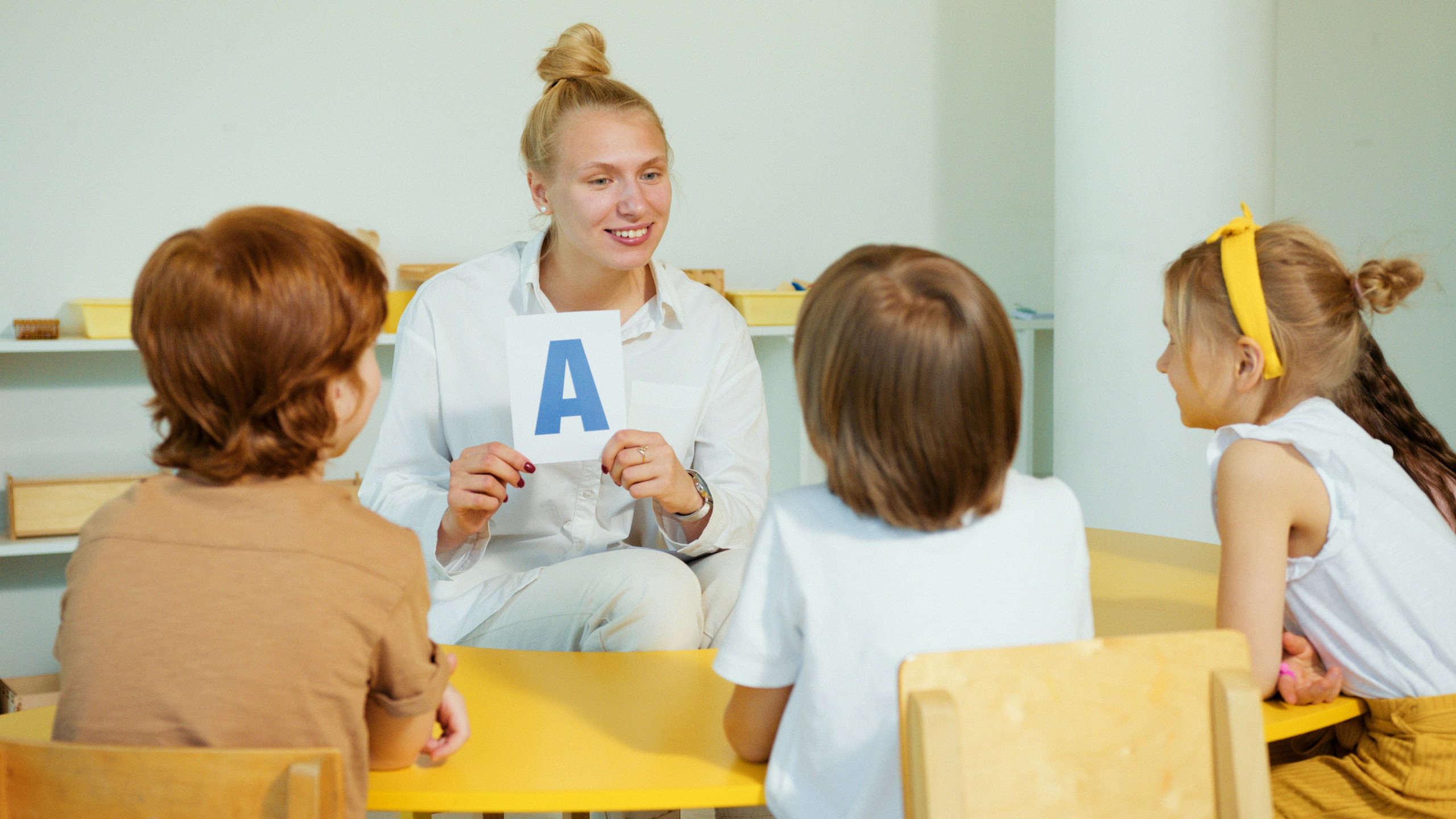In Germany there are various pre-school, primary, secondary and higher education institutions. Below we will give a brief overview of them.
Pre-primary education
Attendance of Kindergarten is not compulsory in Germany and, depending on the federal state, the region in which the pre-school is located, a fee is charged as a local authority fee. As a rule, children between three and five years of age attend Kindergarten. During kindergarten, special attention is paid to the development of speech and imaginative thinking.
Some kindergartens have a crèche (Kinderkrippe) where you can place your child from the age of six months.
Schooling
The schools in Germany are run by the Federal Government of the Federal Land in which they are located. For this reason, the length of schooling and school programmes may differ from one Federal Land to another.
Compulsory school education in Germany (Schulpflicht) comprises primary school (Grundschule) and the following five to six years of study in Realschule (Realschule, real school), Hauptschule (basic school, main school) or Gymnasium (gymnasium). Schooling in Germany lasts for a total of twelve to thirteen years (the last two years are spent preparing students for university. This education does not form part of the compulsory school system.) Secondary education (schooling) in Germany is free of charge.
Primary education
Children who have reached the age of six begin school at the Grundschule (primary school). Primary school education lasts for four years. Then, depending on how well the pupil performs, he or she can transfer to Realschule (Realschule, Realschule), Hauptschule (Main School, Main School) or Gymnasium (Gymnasium). An alternative to these three types of educational institution is the Gesamtschule (consolidated school). In the following we explain the differences between these types of educational institutions.
Secondary education
The progress made by pupils in primary school (Lernleistung, Schulleistung) is important for the transition to secondary education. If pupils succeed in primary school, they will enter the next stage of education. Secondary education is provided by the following schools:
- Realschule (Realschule, Realschule);
- Hauptschule (basic school, main school);
- Gymnasium (gymnasium);
- Gesamtschule (consolidated school);
- Sonderschule (special school).
Realschule, Hauptschule, Gymnasium: The differences
Each of these three types of secondary school has its own curriculum that corresponds to the level of the pupil’s capabilities (performance) and training, and accordingly, the pupil’s subsequent career path can be determined already at the secondary school level.
Students with low performance can apply for admission to the Hauptschule (five-year course of study). The Hauptschule curriculum is oriented towards choosing a future profession (usually a low-skilled occupation). After graduating from Hauptschule, pupils can enter berufsbildende Schule (vocational school) or start working.
The Realschule (six years of study) is intended for pupils with an intermediate level of achievement. The curriculum is oriented towards future careers. After leaving the Realschule, it is possible to start working or continue your studies at a Gymnasium in preparation for higher education (duration: two years).
The Gymnasium (nine years) is intended for pupils with the highest levels of achievement and recommendations from primary school teachers. After the Gymnasium, the pupil receives the Abitur (secondary school leaving certificate) and can then apply for a place at a university of applied sciences.
Gesamtschule
Gesamtschule (six-year course of study) is an alternative type of school to Realschule, Hauptschule and Gymnasium that incorporates all the basic features of the above-mentioned schools. Some schools of this type, like the classical gymnasium, have upper grades in which applicants are trained. Gesamtschule does not exist in all regions of the country.
Sonderschule
Children with special needs (mental or physical) are educated in the Sonderschule. The special school programme gives elementary knowledge in general subjects and helps children gain a qualification for industrial work.
Higher education
There is no entrance examination to a university or college in Germany. Applicants are selected on the basis of their grades in their school leaving certificates (Abitur).
The following types of higher education institutions are common in Germany:
- Hochschule.
- Berufsakademie.
- Fachakademie.
- Fachschule.
- Universität.
- Technische Universität.
The difference between these institutions lies in the orientation (humanitarian or technical), the curriculum structure (e.g. dual education: theoretical knowledge is provided by a higher education institution, practical skills are acquired by the enterprise that employs the student), and the range of specialties for specialist training.













Leave a Reply